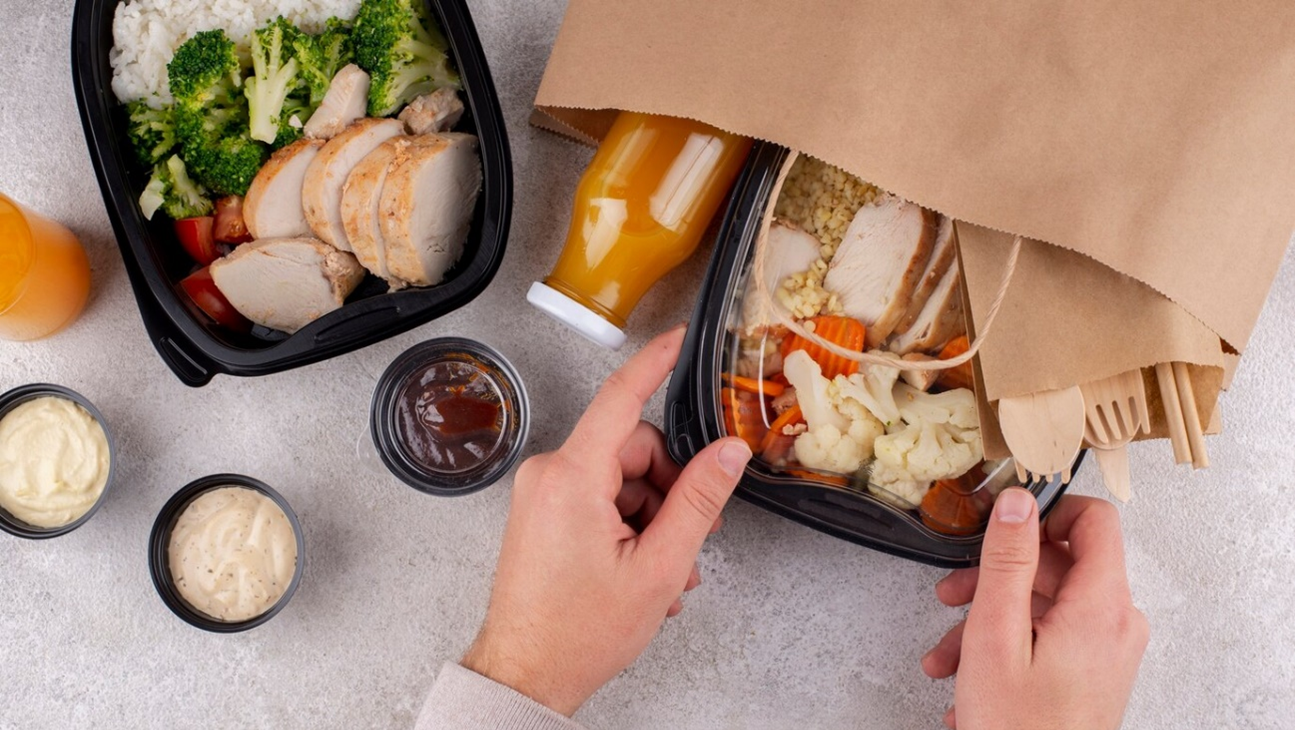How Ingredients Are Redefining Ready-to-Eat Foods for Health and Sustainability
Why Ready-to-Eat Foods Are Thriving
- Healthier Options for Modern Consumers
Today’s consumers are more health-conscious than ever, seeking out meals and snacks that are nutrient-rich and minimally processed. Ingredients like whole grains, plant-based proteins, and natural flavor enhancers are meeting these demands while ensuring clean-label transparency. - Sustainability Driving Choices
With environmental concerns rising, RTE foods are also addressing sustainability. Using eco-friendly ingredients like upcycled by products and sustainably farmed grains, manufacturers are aligning with consumers’ ethical values while reducing waste. - Convenience Meets Mindfulness
RTE foods are no longer just grab-and-go options. They’re designed to meet the needs of busy lifestyles without compromising on health, sustainability, or quality.
Ingredients Transforming Ready-to-Eat Meals
- Plant-Based Proteins:
Pea protein, lentils, and textured vegetable protein (TVP) are emerging as key ingredients in RTE meals, providing high-quality nutrition and catering to plant-based diets. - Whole Grains and Ancient Ingredients:
Ingredients like quinoa, amaranth, and millet are nutrient powerhouses that add texture, flavor, and health benefits to ready-to-eat salads, bowls, and side dishes. - Functional Additives:
Prebiotics, probiotics, and omega-3 fatty acids are enhancing RTE foods, offering digestive health benefits, immunity support, and improved overall well-being. - Natural Flavor Enhancers:
Yeast extracts, natural spices, and plant-based flavorings are replacing artificial additives, providing clean-label solutions that deliver rich, savory taste. - Upcycled Ingredients:
By incorporating byproducts like fruit peels and spent grains, manufacturers are reducing food waste and creating sustainable, nutrient-dense products.
Innovations in Technology and Sustainability
High-Pressure Processing (HPP):
Advanced technologies like HPP help retain the nutritional value and freshness of RTE foods, extending shelf life without compromising quality.
Sustainable Packaging:
Compostable and recyclable materials are becoming the standard for RTE food packaging, reducing the environmental impact of convenience foods.
FAQ Section
Q: What makes ready-to-eat foods healthy?
A: Modern RTE foods are fortified with functional ingredients like plant-based proteins, whole grains, and prebiotics, offering balanced nutrition without compromising convenience.
Q: How are RTE foods made sustainable?
A: Sustainable practices include using upcycled ingredients, eco-friendly packaging, and locally sourced components to reduce waste and carbon footprints.
Q: What are some popular RTE ingredients?
A: Key ingredients include quinoa, pea protein, lentils, turmeric, and upcycled fruit or grain byproducts, all of which offer both nutritional and sustainability benefits.
The Global Appeal of Ready-to-Eat Foods
The demand for RTE foods is growing globally, with regions like Asia-Pacific driving adoption. Urbanization and rising incomes are fueling interest in high-quality, sustainable meal options that cater to busy lifestyles. These foods are not only convenient but also culturally adaptable, featuring diverse ingredients that appeal to a variety of palates.
A Balanced Future
Ready-to-eat foods are no longer about sacrificing quality for convenience. With the right ingredients, they’re setting a new standard for healthy, sustainable eating. Brands that embrace innovation in plant-based proteins, whole grains, and eco-friendly practices are leading the way in transforming the food industry.
Explore the possibilities today. Discover how ready-to-eat meals can deliver on taste, health, and sustainability while meeting the demands of modern consumers.
Source: Euromonitor insight’s analysis




